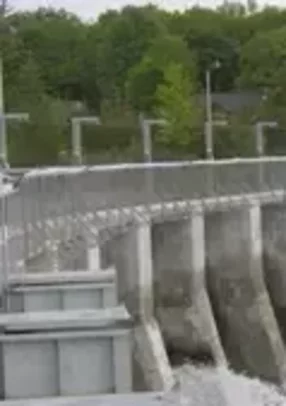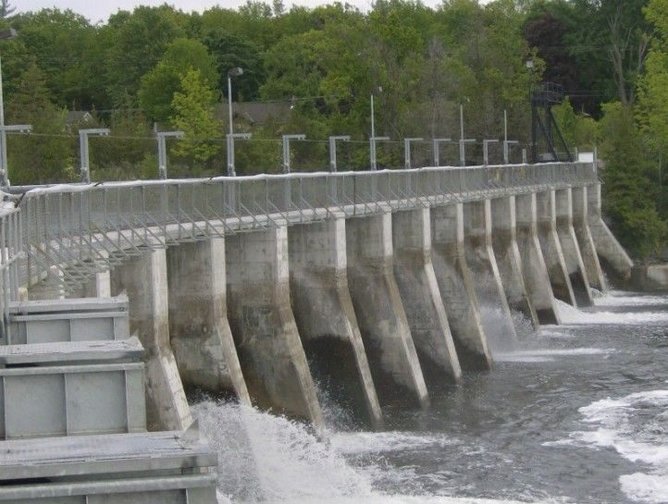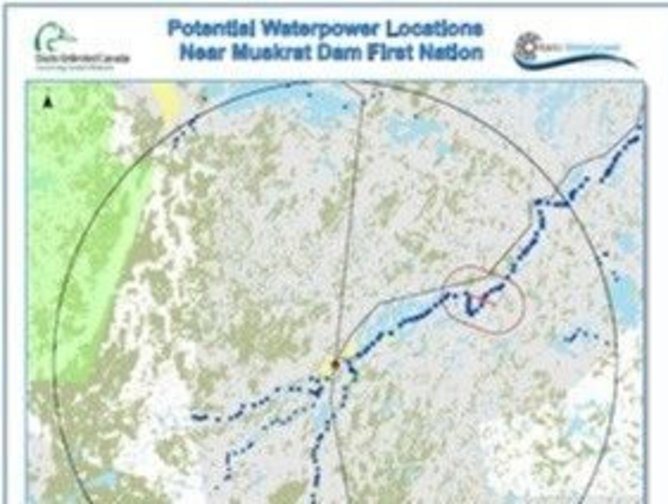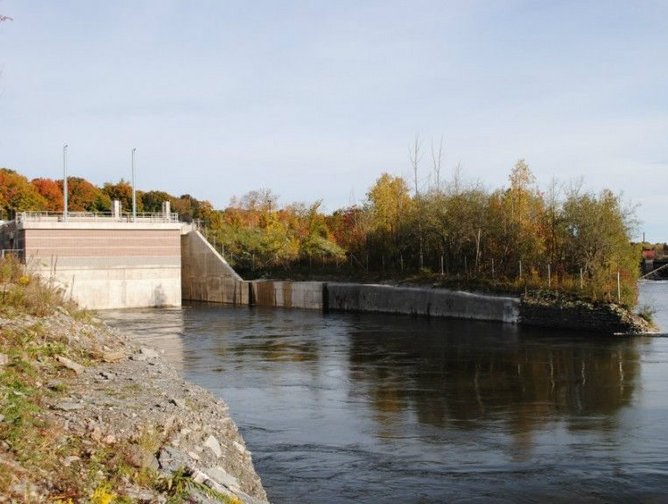
Waterpower – Ontario’s First Choice
Hydro – the power of falling water. It’s so engrained in our vocabulary that it’s become synonymous with electricity. We pay our “hydro bills”. Speak of “hydro poles” and “hydro lines”. And for good reason. Waterpower is the energy engine that built Ontario’s original economic prosperity. It has been providing reliable and affordable electricity for over a century. There are more than 120 waterpower facilities across southern Ontario and 200 in the province. Today, waterpower represents 90% of renewable energy in the province and still accounts for 75% of the total generation in the north of Ontario. It remains the primary source of renewable energy and is responsible on average for about one-quarter of total provincial electricity supply. Until 1951 waterpower generation provided all the electricity in the province, making it the original renewable energy source long before “renewable” became a commonly referred to term. In countless towns and cities in the province, the very identity of the community is inextricably linked with the generation of electricity from falling water – it is Ontario’s first choice.
Up until the dawn of this century, the province’s electricity sector was lead by a vertically integrated utility – the Hydro Electric Power Commission and then Ontario Hydro. But with the planned commercialization of the sector and opening of the “market”, the question of governance of the province’s waterpower industry needed to be addressed. Despite the dominance of Ontario Hydro (now Ontario Power Generation), the industry is, in fact very diverse. Municipalities, resource industries and private companies have long been developers and owners of waterpower facilities. Collectively, industry and government developed a “New Business Relationship” focused on key areas of public policy. Government invested in the implementation of this new framework and, in 2001 the Ontario Waterpower Association (OWA) was created. Membership includes generators, engineering firms, environmental consultants, legal, project financing and insurance firms, Aboriginal communities and other organizations, all sharing the common interest of advancing waterpower in Ontario.
The OWA’s mission is to be the collective voice advocating for the Ontario waterpower industry.
We seek to:
· preserve and grow value for the membership;
· facilitate the responsible growth and enhance the competitiveness of the industry;
· coordinate and promote the common interests of the membership;
· promote the achievement of sustainable development; and
· build strategic relationships with:
- Government
- Aboriginal organizations
- Industry, resource management associations, and the environmental community
Delivering on this mission means the Association has a lead role in helping to establish and maintain a social licence for the industry. Public opinion informs public policy after all. It is not enough to be the most cost effective, reliable and durable source of electricity. That is why, in 2002, the OWA embarked upon a five year process to prepare the “Class Environmental Assessment for Waterpower Projects” (Class EA), designed to tailor the generic environmental assessment process to waterpower developments. Approved by the Minister of Environment in 2008, the objective of the Class EA is to help ensure that projects are planned in an environmentally responsible manner and to coordinate and integrate the multiplicity of environmental approvals and public involvement processes that are relevant to planning a waterpower project. Common to all of these processes are the themes of “environmental responsibility” and “public accountability.” The Class EA has adopts these themes and is designed to facilitate coordination with other directly relevant federal and provincial requirements to help ensure effective and efficient public and agency involvement.
As importantly, the OWA has implemented a “continuous improvement” model to support the Class EA, most notably through the addition of a series of Best Management Practices (BMPs). Beginning in 2009, and in recognition of the newly introduced provincial Endangered Species Act, the OWA published BMPs focused on the intersection of waterpower developments and key species at risk, including American Eel, Lake Sturgeon and Channel Darter. In 2012, a compendium of thirty eight (38) BMPs for waterpower facility construction was released and this year, in cooperation with Ducks Unlimited Canada (DUC) and the Canadian Wildlife Service, BMPs on wetlands and migratory birds were added.
Collaboration with leading organizations like DUC is another foundation of the OWA’s approach to business and nowhere is this more apparent than the work to support enhancing the capacity of Aboriginal Communities. In 2010 the Association signed a Letter of Agreement with the Chiefs of Ontario designed to advance our mutual objectives. The relationship is premised on the Two Row Wampum and based on the following principles:
- Mutual respect and recognition
- Confidentiality of discussions on behalf of both parties.
- Honesty and trust between both parties.
- Basic justice: being fair
- Benevolence: doing good
- Environmental stewardship
- Mutual benefit – welcomes and encourages both
Through this relationship the partners have designed and delivered annual education and training initiatives for both industry and Aboriginal communities on topics ranging from First Nations environmental assessment to impact benefit agreements. In 2012, the OWA expanded its efforts through an agreement with Queen’s University in support of their innovative Aboriginal Access to Engineering Program, educating and training future leaders in the waterpower sector.
For an industry that’s been around for more than 100 years there are still opportunities to learn and grow. Ontario’s existing fleet of waterpower is moderating electricity prices and delivering reliable power. The province has significant untapped potential that can provide those same benefits to future generations. Realizing that potential requires that the industry and individual proponents remain vigilant in the commitment to the advancement of sustainable development.





